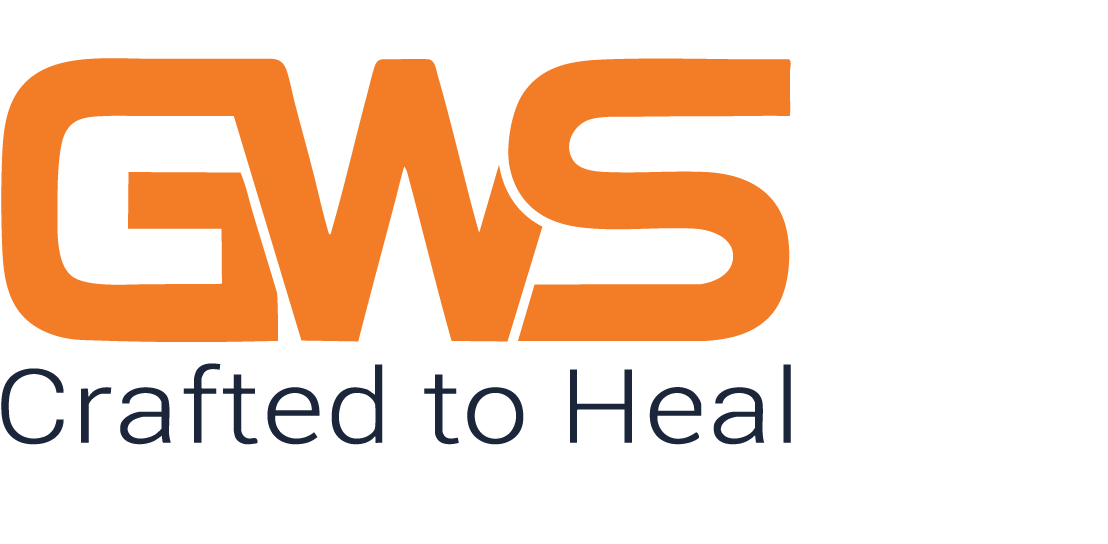
Why Is It Critical to Choose the Right Ophthalmic Knife?
Ophthalmic surgeries
(such as cataract surgery) are amongst the most common of all medical
procedures, with an estimated 22 million performed annually worldwide.
The eye is one of the
most delicate organs of the human body and thus ophthalmic surgeries require a
high degree of expertise and precision on the part of the surgeon. Right
surgical instruments contribute a great deal towards the success of the surgery
and ophthalmic knives are one of the most important tools required for eye
surgeries. The importance of choosing the right ophthalmic knife is of utmost
importance to ophthalmologists and surgeons doing eye surgeries.
What is an ophthalmic knife?
Ophthalmic surgical
knives are specially designed to perform eye surgeries and handle ocular
emergencies, including retinal detachment, vitreous hemorrhage, retinoblastoma
surgery, and pars plana lensectomy. These are some of the most delicate
surgeries performed on eyes that require precision. The slightest mis-stroke
can not only result in lost vision but also loss of the eye. Ophthalmic
surgical knives are incredibly intricate and specialized tools that have been
engineered with fine edges to minimize any injury during rough handling.
The history of the development of the knife has been
well-documented. The original knife was developed by Robert Liston in 1815. He
was an English surgeon who pioneered many surgical procedures. The use of his
knife spread across Europe and to America, where it became known as the
"King of Instruments" because of its utility in numerous surgical
procedures.
Different kinds of Ophthalmic Knives
Ophthalmic surgery
knives can be divided into three categories: sclerotomy knives, pars plana
retractor blades, and micro-retractors.
Sclerotomy
Knives:
Sclerotomy knives are
used to create a tiny incision in the eye, commonly referred to as a
sclerotomy. This surgery is often needed after an eye injury has occurred or
when there is a risk of bleeding in the eye.
Pars
Plana Retractor Blades:
Pars Plana Retractor
Blades are used in ophthalmic surgeries that require a clear view of the
retina, such as pars plana lensectomy, or for removing tumors on or below the
retina. These blades create a tiny pocket made up of corneal tissue, which
allows for visualization of the back portion of the eye.
Micro-Retractors:
These types of blades
are used in the most delicate surgeries and require a lot of precision and
nerve to handle. Retaining their original design, these knives have a small
curvature at the edge and allow for accurate movement inside the eye cavity.
It is critical to
choose the right knife for the job, as using the wrong one can cause serious
damage to the eye and can even lead to vision loss.
How to choose the perfect ophthalmic knife?
There are many different types of ophthalmic knives available, so it is important to do your research before making a purchase. As
a general rule, purchasing the right knife early on in your surgical career
will save you time and money. Below is a list of questions you should ask
yourself before choosing your knives:
• Does this knife work well with my suture
passer?
You may find that certain knives are better suited
for your style of surgical technique.
• Does this knife work well with the other
instruments in my toolbox?
It may be helpful to purchase a knife set that
accommodates all of your instrumentation needs.
• How often will I use this knife?
The frequency at which you plan to use your knife will
play a role in your final decision. If you plan on using your knife frequently,
it may make sense to invest a higher initial cost upfront rather than having to
purchase a new set multiple times throughout your career.
• Is the handle designed for comfort?
The surgical field is physically demanding and can
be very difficult on the hands. Ensure that your ophthalmic knife has a handle
that is ergonomically designed to reduce discomfort and improve control.
• Does the knife have replaceable parts?
Instruments like knives with mechanical components
can be more expensive upfront but will save you money in the long run as you
won’t need to purchase new blades every time they dull.
• Is the blade made of high-quality steel?
Surgical blades are manufactured to have either a
surgical stainless steel or carbon alloy coating. Carbon alloy is known to be
extremely sharp and easy to re-sharpen, however, it can be more difficult to
properly sterilize. Stainless steel knives will not corrode like carbon alloy;
however, they are harder to re-sharpen and are less sharp.
• Does the knife have a continuous or interrupted
cutting edge?
Knives that have continuous edges are more difficult
to clean than knives with intermittent slots for debris to accumulate.
The team at Ophthalmic Knives Plus is here to help
you find the perfect knife for your needs.
Contact us today to
learn more about our products and how they can benefit you!
Leave a Comment
© Copyright © 2024 gwsmed.com | GWS Surgicals LLP. All rights reserved.
| |




Comment (0)
No Comments Yet. Be the first one.